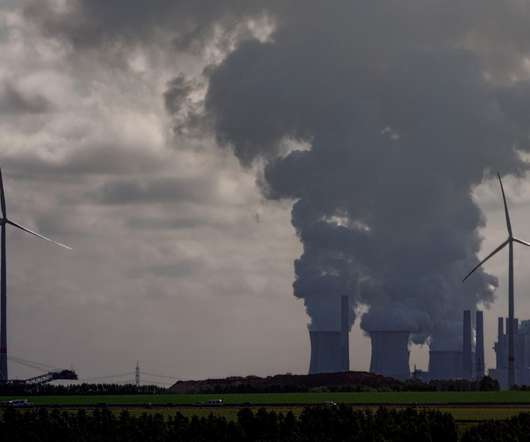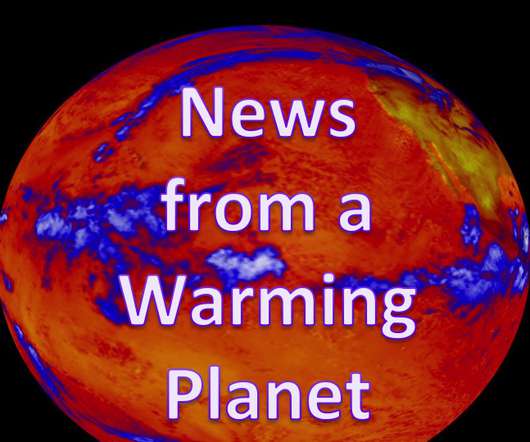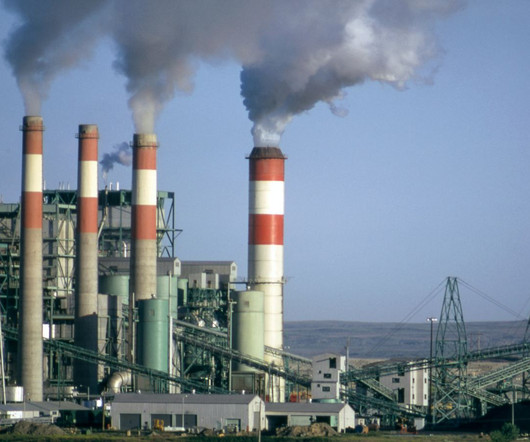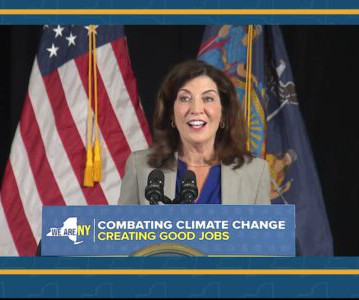EPA’s Power Plant Carbon Rules Are Critical—and Complex. Here’s What to Know, and What to Watch.
Union of Concerned Scientists
APRIL 20, 2023
This is despite the clean energy progress the power sector has experienced to date—and despite the groundwork laid for more progress from leading states, as well as the recently passed Inflation Reduction Act (IRA). EPA ruling, EPA can still establish rigorous carbon emissions standards.























Let's personalize your content